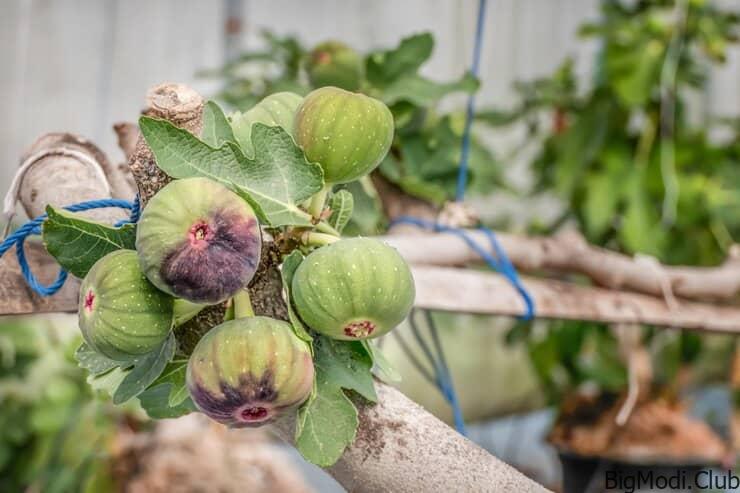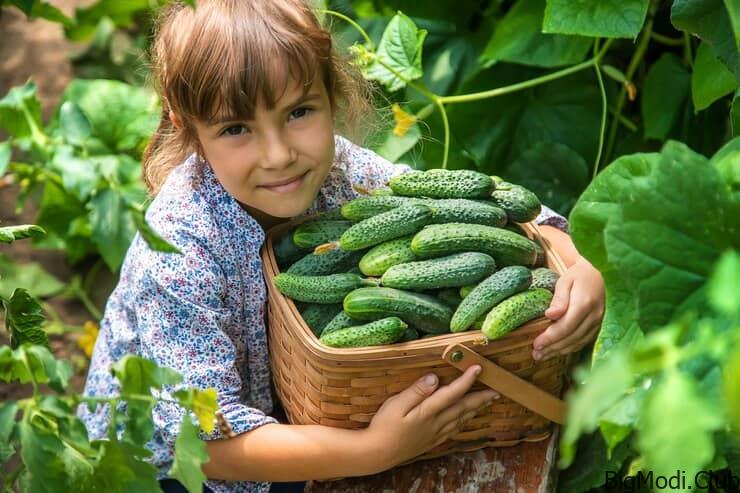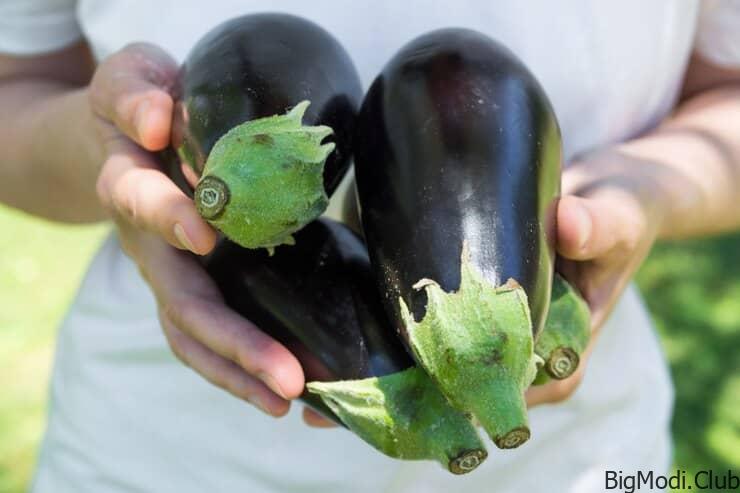Strawberries, with their vibrant color and juicy sweetness, are a delightful addition to any garden or home. Imagine stepping into your backyard and plucking a ripe, sun-kissed strawberry straight from the vine. It’s a gratifying experience that anyone can enjoy with the right knowledge and techniques. In this comprehensive guide, we’ll delve into the art and science of growing strawberries at home, ensuring bountiful harvests and luscious fruit year after year.
Selecting the Perfect Location
Choosing the Right Spot: First and foremost, selecting the ideal location for your strawberry patch is crucial for success. Opt for a spot that receives ample sunlight, ideally at least six to eight hours a day. Sunlight is essential for the development of flavorful, sweet berries. Additionally, ensure the area has well-draining soil to prevent waterlogging, which can lead to root rot and other issues.
Consider Soil Quality: Next, assess the soil quality in your chosen location. Strawberries thrive in slightly acidic soil with a pH range between 5.5 and 6.5. Conduct a soil test to determine the pH level and make any necessary amendments to achieve the optimal range. Incorporating organic matter, such as compost or aged manure, can also improve soil structure and fertility, providing a nutrient-rich environment for your plants.
Preparing the Soil
Clearing the Ground: Before planting your strawberry runners or seedlings, prepare the soil by clearing away any weeds, rocks, or debris. This allows the roots to establish themselves without competition from other plants and ensures optimal growing conditions.
Amending the Soil: Once the ground is clear, amend the soil as needed based on the results of your soil test. Incorporate organic matter, such as compost, peat moss, or well-rotted manure, to improve soil texture and fertility. Work the amendments into the top few inches of soil using a garden fork or tiller, ensuring even distribution throughout the planting area.
Choosing the Right Varieties
Selecting Strawberry Varieties: When it comes to choosing strawberry varieties for your home garden, consider factors such as taste, size, and disease resistance. Popular varieties for home gardeners include ‘June-bearing’ strawberries, which produce a single large crop in late spring or early summer, and ‘everbearing’ or ‘day-neutral’ varieties, which produce smaller crops throughout the growing season.
Consider Climatic Conditions: Additionally, consider your local climatic conditions when selecting strawberry varieties. Some varieties are better suited to cooler climates, while others thrive in warmer regions. Choose varieties that are well-adapted to your specific growing zone for optimal results.
Planting Strawberries
Planting Techniques: When planting strawberries, space the plants 12 to 18 inches apart in rows spaced 2 to 3 feet apart. Ensure the crowns (the point where the roots meet the stems) are level with the soil surface and firm the soil gently around the roots to remove air pockets. Water the newly planted strawberries thoroughly to help them establish roots in their new environment.
Mulching for Moisture Retention: To conserve moisture and suppress weed growth, apply a layer of organic mulch, such as straw, pine needles, or shredded leaves, around the base of the plants. Mulching also helps regulate soil temperature, keeping it cool in the summer and insulating roots during the winter months.
Proper Care and Maintenance
Watering Requirements: Strawberries require regular watering, especially during dry spells or periods of prolonged heat. Provide approximately 1 to 1.5 inches of water per week, either through rainfall or supplemental irrigation. Avoid overhead watering, as wet foliage can increase the risk of fungal diseases.



